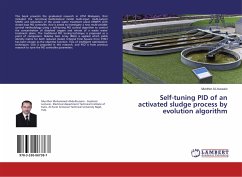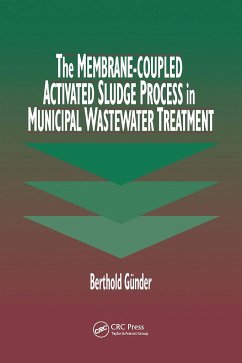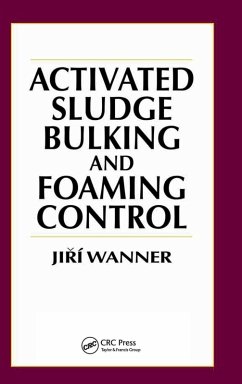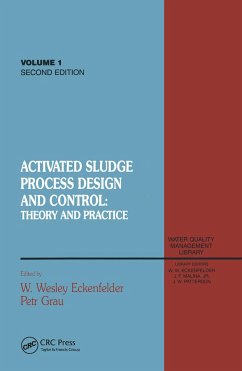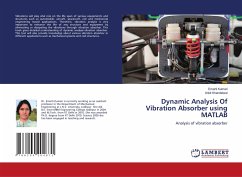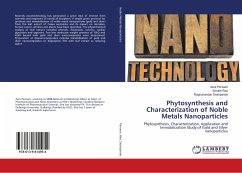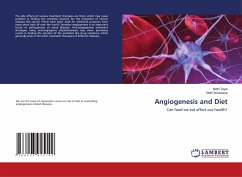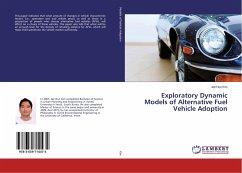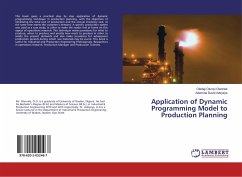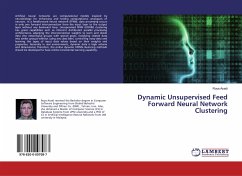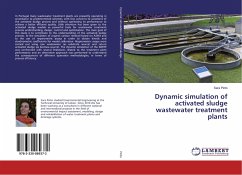
Dynamic simulation of activated sludge wastewater treatment plants
Versandkostenfrei!
Versandfertig in 6-10 Tagen
33,99 €
inkl. MwSt.

PAYBACK Punkte
17 °P sammeln!
In Portugal many wastewater treatment plants are presently operating in accordance to predetermined schemes, with few concerns to variations of the activated sludge process and without optimizing its performance to achieve a better effluent quality. Little attention has been given to the activated sludge models as powerful tools for wastewater treatment process understanding, design, control and optimization. The main goal of this study is to contribute to the understanding of the activated sludge process, to the simulation of organic carbon removal based on ASM3 and to the use of respirometri...
In Portugal many wastewater treatment plants are presently operating in accordance to predetermined schemes, with few concerns to variations of the activated sludge process and without optimizing its performance to achieve a better effluent quality. Little attention has been given to the activated sludge models as powerful tools for wastewater treatment process understanding, design, control and optimization. The main goal of this study is to contribute to the understanding of the activated sludge process, to the simulation of organic carbon removal based on ASM3 and to the use of respirometric assays in order to obtain kinetic and stoichiometric coefficients for model calibration. Respirometric assays were carried out using raw wastewater (as substrate source) and return activated sludge (as biomass source). The dynamic simulation of the WWTP was confronted with several limitations related to the treatment plant performance and an alternative approach was performed to understandthe consequences of different operation methodologies, in terms of process efficiency.



